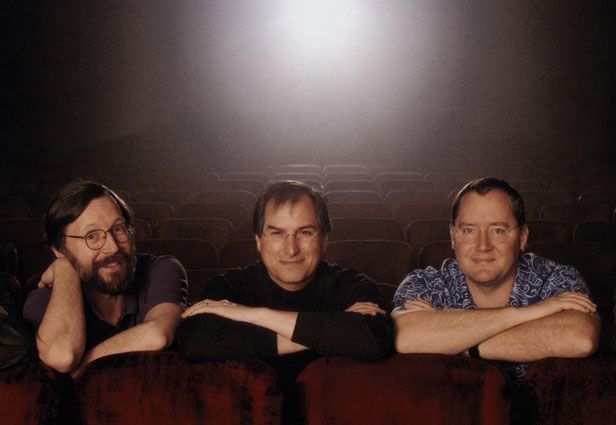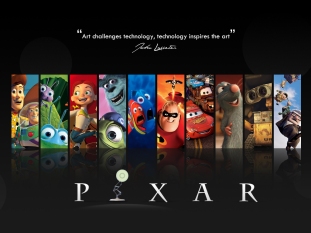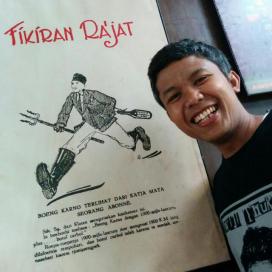
The successful “Toy Story” showed the world, not just those Pixar’s guys, that there was a (bright) future for a weird idea called computer animated film. Films that come after it show those Pixar’s guys, and hopefully all the world too, that the most important thing here is (always) the people!
Released in 1995, Toy Story was a real breaktrough, with a very long and fascinating story behind it. There were a lot of struggles and sacrifices. Just look how John Lasseter was fired by Disney strightly after his first project because they believed that John’s new idea won’t be a success. But for sure, there were also hope. Look how Steve Jobs, the visionary investor, had to loose big money during its first five years just because he trusted those young men’s dream.
Toy Story, simply, was a success story at its best. It was a meeting point of young men’s ambition, biggest company’s acceptance, and public’s excitement. Toy Story brought us to the future’s gate. But the question was: what is next?
There is always something bad called second film syndrome. Toy Story was a successful new-creative thing, but how you prove that it was not a lucky punch, a hype? Pixar answered that main question by releasing A Bug’s Life three years later. It was another hit.
The challenges, and pressures, were raised to the next bar for their third project: the first sequel of Toy Story that had to be released in 1999 as asked by Disney. In The Pixar Story (2007), John and his fellow Ed Catmull confessed that it was their defining moment. Their first two very successful films had made them tired and looked like running out creative ideas. And the worst thing: the tight deadline!
Toy Story 2 was delivered on time. And, surprise-surprise, it had been an even bigger hit than its predecessors. Yes there was improved technologies in making 3D film, there was advanced softwares to make the character more realistic. And yes there was some new ideas put in the film, a sad song that easily made us cry pitying the doll in the donation box. But, as Ed believed, it was not about the high-technology nor the mindblowing ideas. It was simply about the people.
“From that (Toy Story 2), we learn that the important thing is not the idea. The important thing is the people. It’s how they work together…” said Ed.

In fact, it was all about the people: John Lasseter, a brilliant storyteller, was taught by the famous Disney’s animators “Nine Old Men”. After being sacked by Disney, he worked for LukasFilms to meet Ed Catmull, one of the first man that mastered a science called computer graphics. They made Pixar. Steve Jobs then bought it to give the young men larger spaces to experiment.
It is interesting to see how these Pixar guys worked as a ‘fluid’ but at the same time ‘very disciplined’ team. They had a playing ground-like office that allowed people to do crazy things, but they also had serious meetings where they shared both ideas critiques.
One of their most stand-out principles was how they rejected the comfort zone by changing the director. It was a common practice, and a safer one, that you used same director that brought you success. But Pixar did not do that. They even brought an outsider director, just like what they did in the very successful Finding Nemo (2003) and then followed by the similar successful Incredibles (2004).
Pixar believed that new guy would bring new experiences and new knowledges. He/she would add values to the team, would refresh the creative circumstance. That was the time for Pixar people to learn again, to raise the bar again.
It was the people, and their belief, that drove Pixar further forward. Their next films were their next success stories: Cars (2006), Ratatouille (2007), WALL-E (2008), Up (2009), etc.
The Pixar Story, in my opinion, is not just a story of a new creative and fascinating way to make cartoon movies. It is more a story of how creative people overcome the challenges and obstacles creatively.
